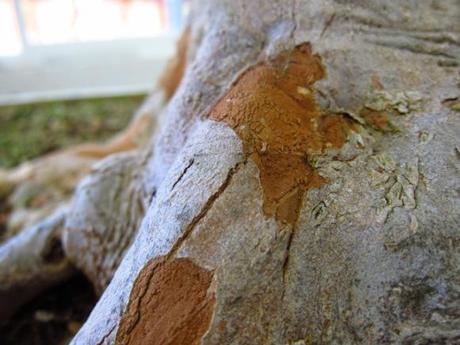
As I was preparing for my apprenticeship in Japan, there was some big decisions to be made. I had about 15 or so Bonsai trees and nowhere to keep them during my absence. I had to make the tough decision to sell most of them and ended up keeping only 4 trees. Boon Manakitivipart was kind enough to keep those four trees for me while I was away. As I worked at Aichien, I’ve often though about the trees I’ve kept, reminiscing how great it’s going to be when I can get back and work on them again. Months past and soon years and the memories of the trees faded deeper in the back of my mind.
Having come back home only two months ago (so much has happened since!), I see the trees right in front of me and it’s time to continue where I left off. In this post I will be sharing the continued story of one of those trees that I left. Now that we are reunited again, I look forward to our continued journey together.
A Bit of History
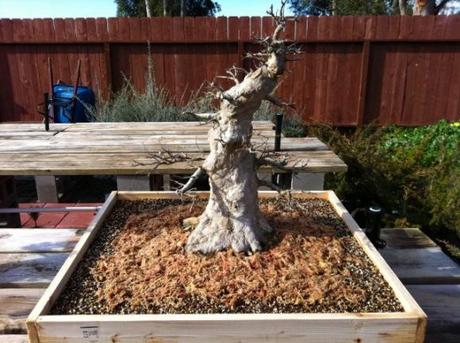
I purchased this tree in 2009 and it actually had quite a bit of branching on it. Not so much looking at the above picture though. I decided to keep this tree because it’s one of the biggest Trident Maples I’ve seen. It has decent taper and a pretty good root spread (buried in the soil). One of the things that bugged me about this tree was that all the branches were too skinny. Especially the lower branches. Since I’m going to be away for a while, I thought it would be a good idea to repot the tree into this large 24in x 24in (61cm x 61cm) box, cut off many of the branches back and allow new branches to run so that it can thicken the main branches. The height of the tree is 26 (66cm) inches and the root spread is 15 inches (38cm).
Well, not much to look at after the cut of 2011. It’s okay though because little did I know, I would be receiving a massive dose of deciduous tree training in the coming years at Aichien. See you in five years tree! …or so I though…
August 2013
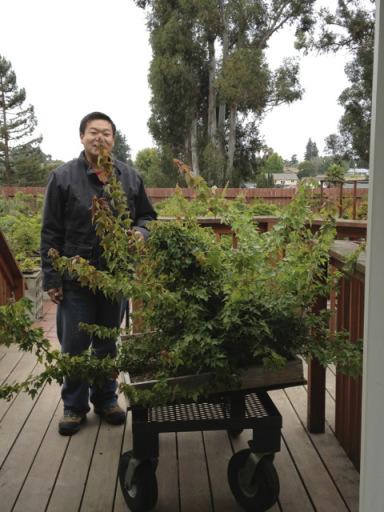
Two and a half years past and I’m back in California carrying this heavy Trident Maple again! Well, it looks like the tree grew some! I talked to Boon about its growth and he said he cut some of the branches back at one point because the branches were so long and taking up too much bench space! Importantly though, he kept the main runners to keep thickening those skinny main branches.
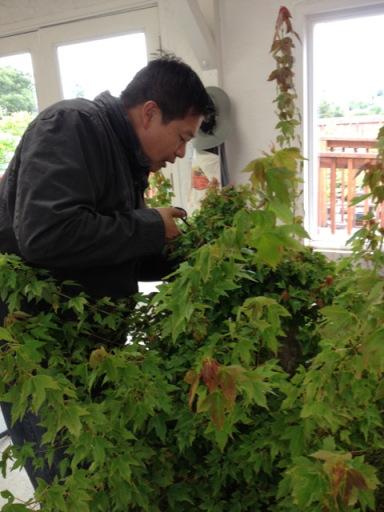
The Four Sides
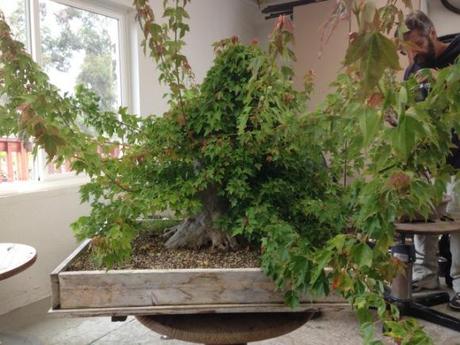
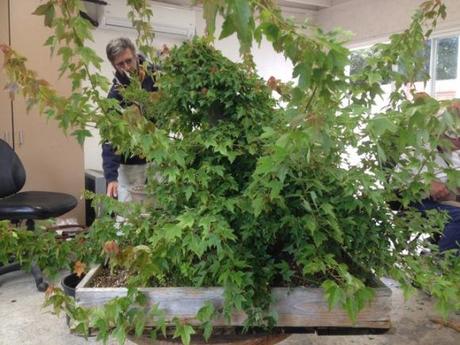
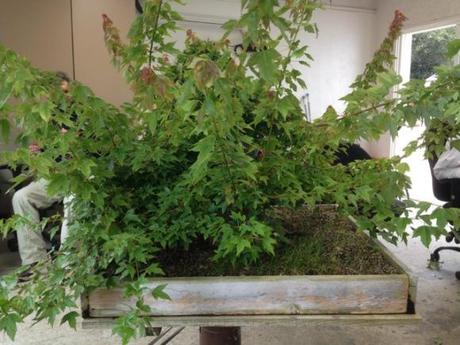
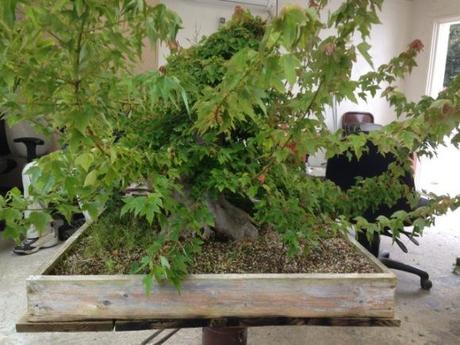
Since the tree is so bushy, it’s a bit deceiving and we tend to make the assumption that there are lots of branches. This is the main reason deciduous trees are best shown without the leaves so that we can see the branch structure. Leaves can hide many faults.
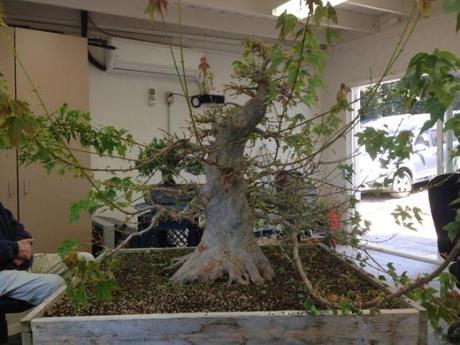
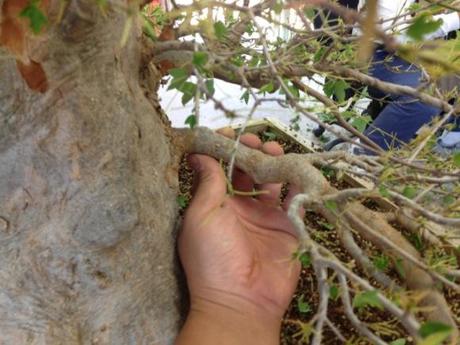
The Four Sides without the leaves (after some cutting)
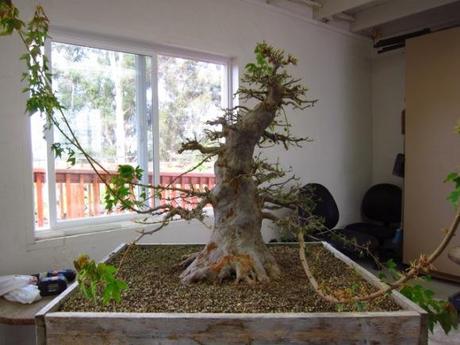


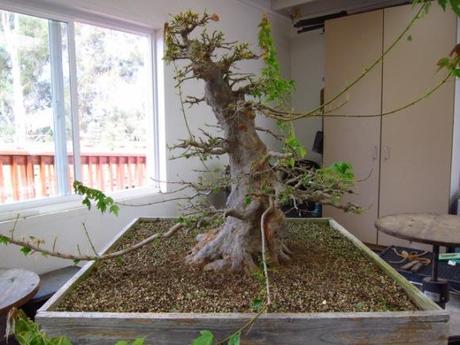
Because of time constraints, I quickly went through the tree and cut some branches back. The ones that are left with long shoots are the branches I want to thicken. At the end of the blog, I will put a couple of links to past Trident post about how I cut branches back.
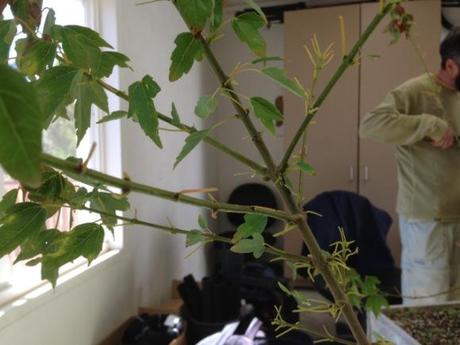
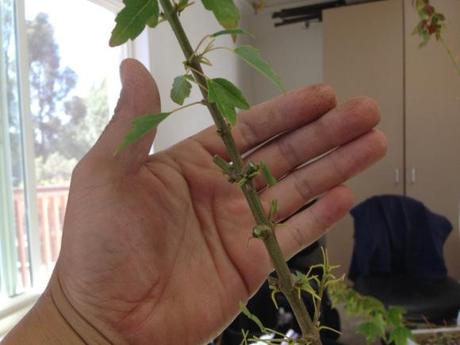
Developing Deciduous Trees and Cutting
So lots of branches were cut back and the tree doesn’t look like much at this point. Developing deciduous trees can be very different than developing conifers/evergreens. It requires much more growing and cutting than other trees. Once the branches are thick, they can’t be bent or moved around anymore. If there are undesirable branches, they are usually cut off and new branches are grown in it’s place. Then the branches are grown long to thicken and then the branch is cut back leaving just a small piece of it. That process is then repeated over and over for years. On top of that, if we accidentally let something grow too long or don’t make the necessary cuts at the appropriate time, we can lose years or work and would have to take several steps back just to move forward again in the development.
Overall, the techniques aren’t difficult but it does require a lot of time and doing the techniques at the right time.
Long Term Plan
Having said all that (there’s more), that’s why we don’t see deciduous trees used as demonstration trees. The plan is so long term that we have a hard time seeing the future.
It’s all in the plan. Unlike junipers where things can be moved around with various techniques, the plan in its development can be fairly quick in terms of years. A medium size juniper can be developed to look fairly nice in 5 years. Whereas a medium size deciduous tree can take 15+ years before it looks nice. That’s assuming that we’re happy with the trunk size. How long do you think it’s going to take to develop this huge Trident? So the work on deciduous vs. conifer/evergreens can be deceiving (especially the initial work) because we have a tendency to see trees being developed in a relatively short period of time. After a juniper demonstration, we usually can see the tree shape forming. Not so much on a deciduous tree…
Age
Some of the nice features of a Trident Maple only shows up with age. Their bark starts to peel revealing an orange pattern. The trunk starts to look more muscular and bumpy as well. Lets looks at some of the signs of age on this tree.
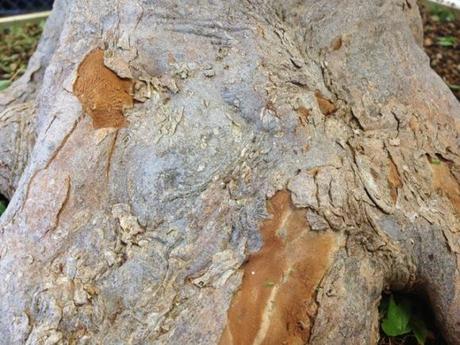
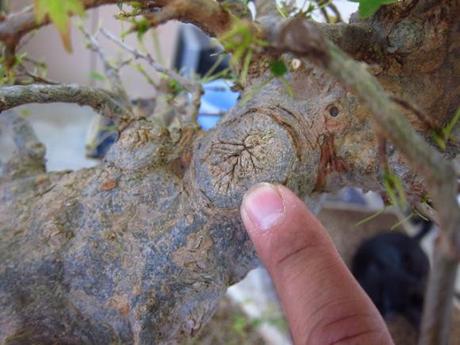
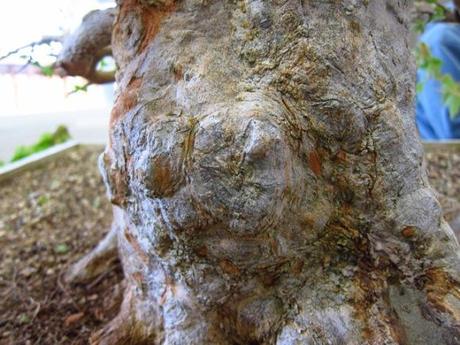
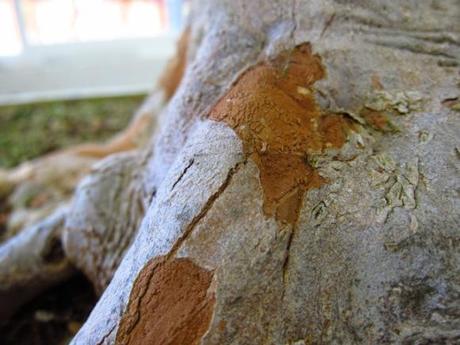
Old Air-layer
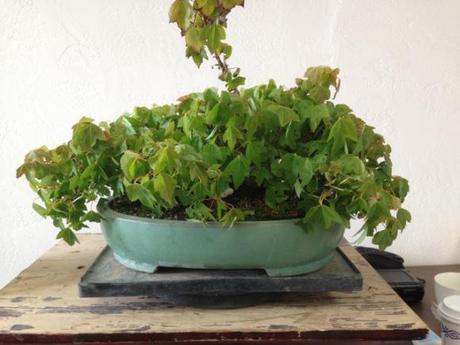
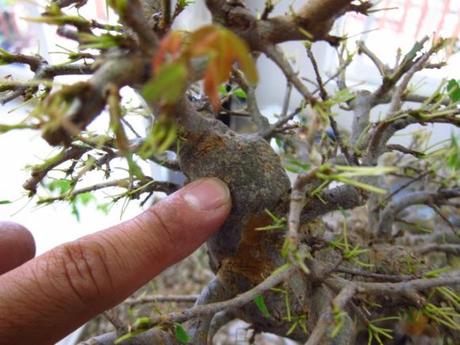
A Hole to Fill
On the back of the tree, there is a fairly large scar. It looks like a large branch was removed years ago. I was able to close about an inch surrounding the scar and I had re-dressed the scar to continue the callus process before I left for Japan. Lets see how it’s doing.
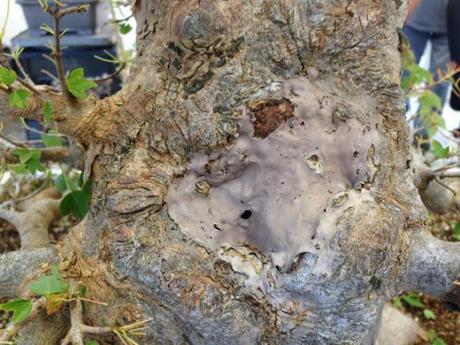

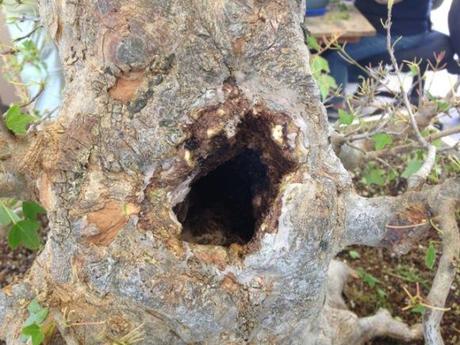
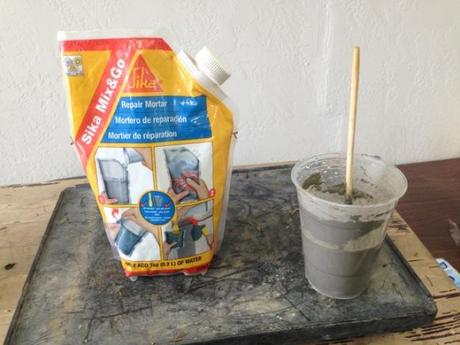
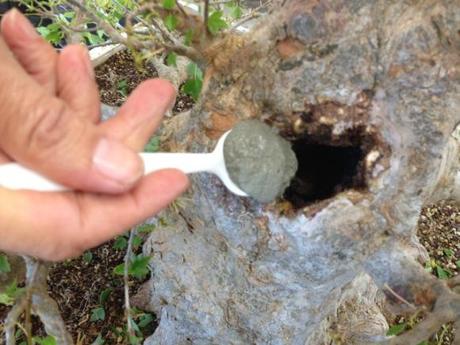
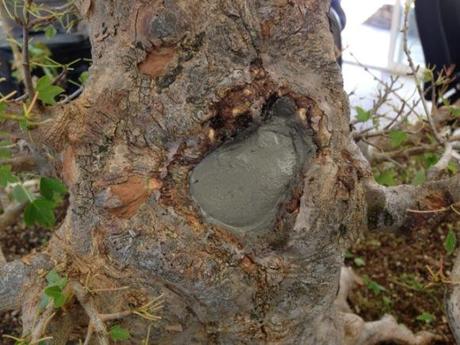
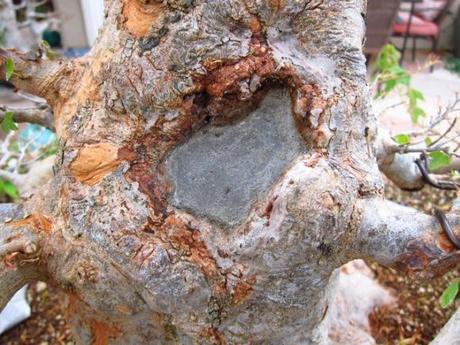
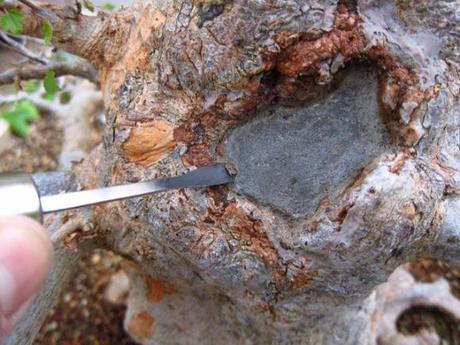
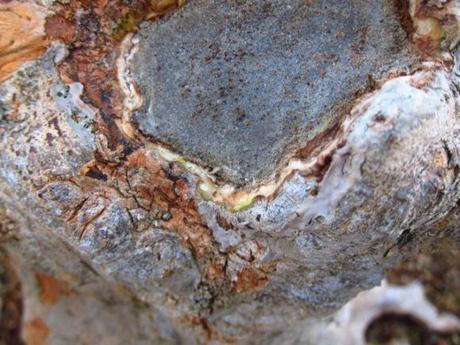
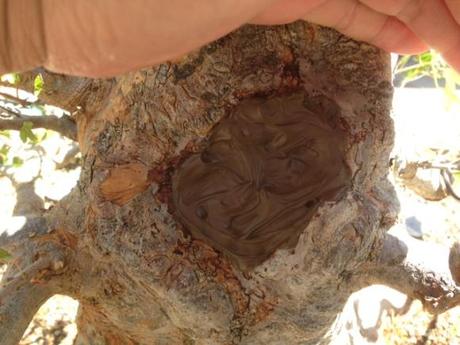
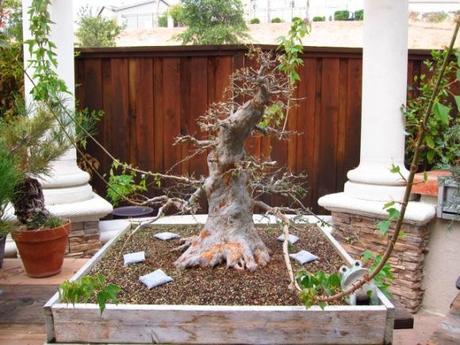
The Future
Now that the work is done on this tree, I’m going to leave it alone for the rest of the year. I applied light fertilizer on the soil and will moderately feed 5-5-5 organic till Winter. Once Winter arrives, I will remove all the leaves again and do some light pruning. In about February of 2014, I will take the tree out of the box and put it in a bonsai pot. I’ll be sure to update you all and show the progression of this tree. This tree and I are in it for the long haul and I expect to be developing it for the next 10+ years.
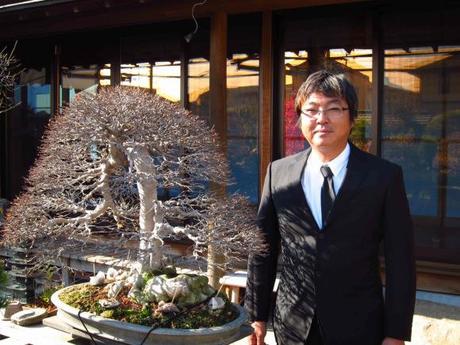
Thanks for reading.
——————————————————————————————————————————–
For those that enjoyed this post and would like to read more about Trident Maples, please click on the links below to some older post that I have written.
- November 12, 2012 – #2 Trident Maple Project (cont) – In this post I update the readers on a Trident maple and the results of Summer defoliating and cut back.
- October 24, 2012 – Root Over Rock Trident Maple Project (con’t) – In this post I talk about Trident Maple cut back and initial styling.
- August 14, 2012 - “Good Taste,” Trident Maple - In this post I share photos of a small yet old and unique Trident Maple.
- June 12, 2012 – The Trident Maple Project and Summer Maple Work – In this post I talk about basic Trident Maple work during the Summer on one of my project trees.
- April 22, 2012 – The Trident Maple Projects (yes, another two…) – In this post I talk about the initial start of two Trident Maple projects.
- April 7, 2012 – Restarting a Trident Maple – In this post I talk about how I prepare a Trident Maple for a major restart.
- December 24, 2011 – The Strange Trident Maple – In this post I share photos of a very unique and established Trident Maple Bonsai.
- September 11, 2011 - The Trident Maple Hustle – In this post, I talk about how I tackle the initial work of many root over rock Trident Maples.
———————————————————————————————————————————-
August 24-25, 2013
If you are around on August 24th or 25th, please be sure to attend the Redwood Empire Bonsai Society Annual show. It is one of the biggest shows in California and they have a huge vendor area as well. Here is a link to their site:
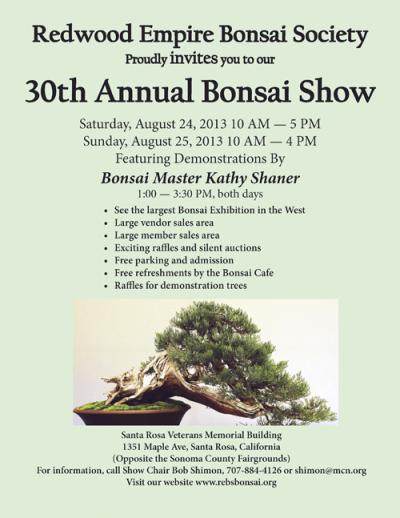
Yours truly will be there and I will be selling quality Bonsai ceramics. I will be brining over 50+ different pots of various quality for you to see, feel and perhaps take home! Types of ceramics range from Antique (over 100 years) to modern, both Chinese and Japanese.
Here are some examples of some of the ones I will have at the show.
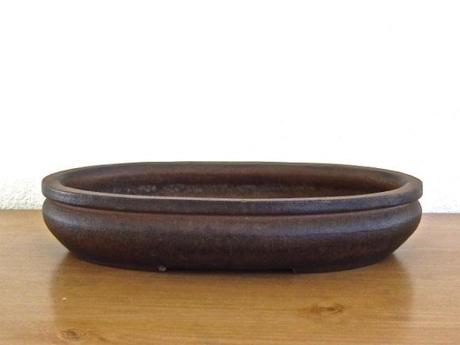
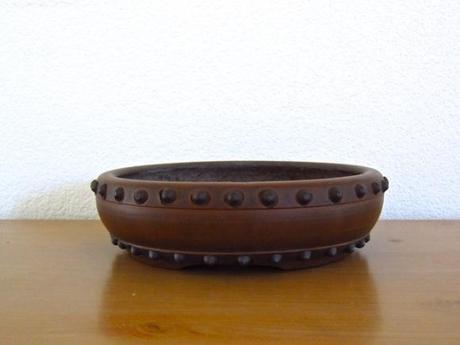
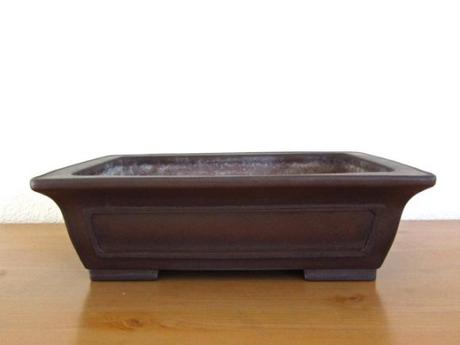
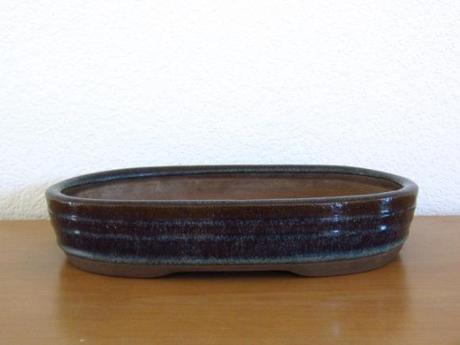
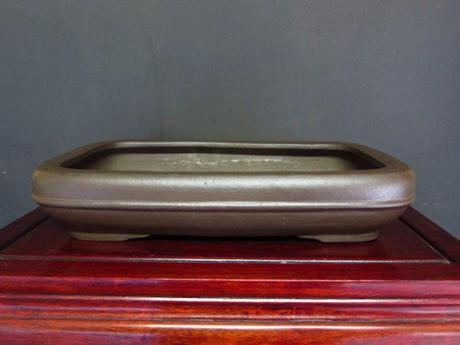
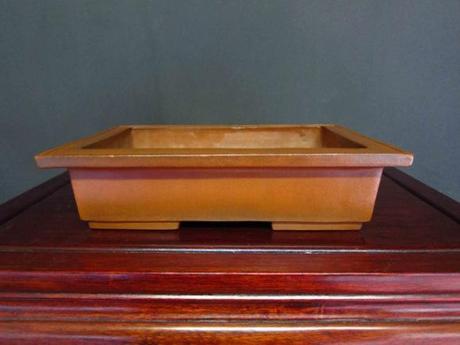
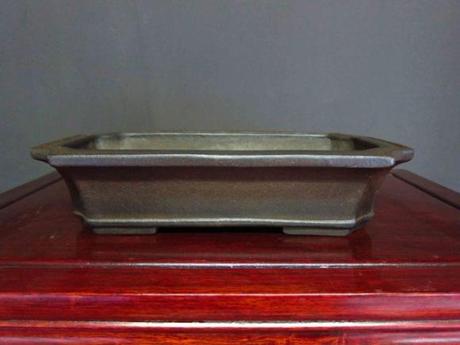
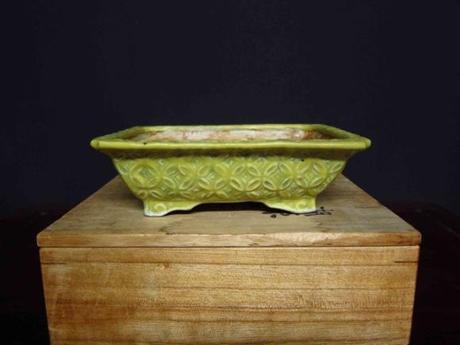
Hope to see you all at the show!
If you are actively reading this blog, I would appreciate it if you subscribe to it (The subscribe button is below). This is one of the best ways for me to know how many people are reading. Thanks!
